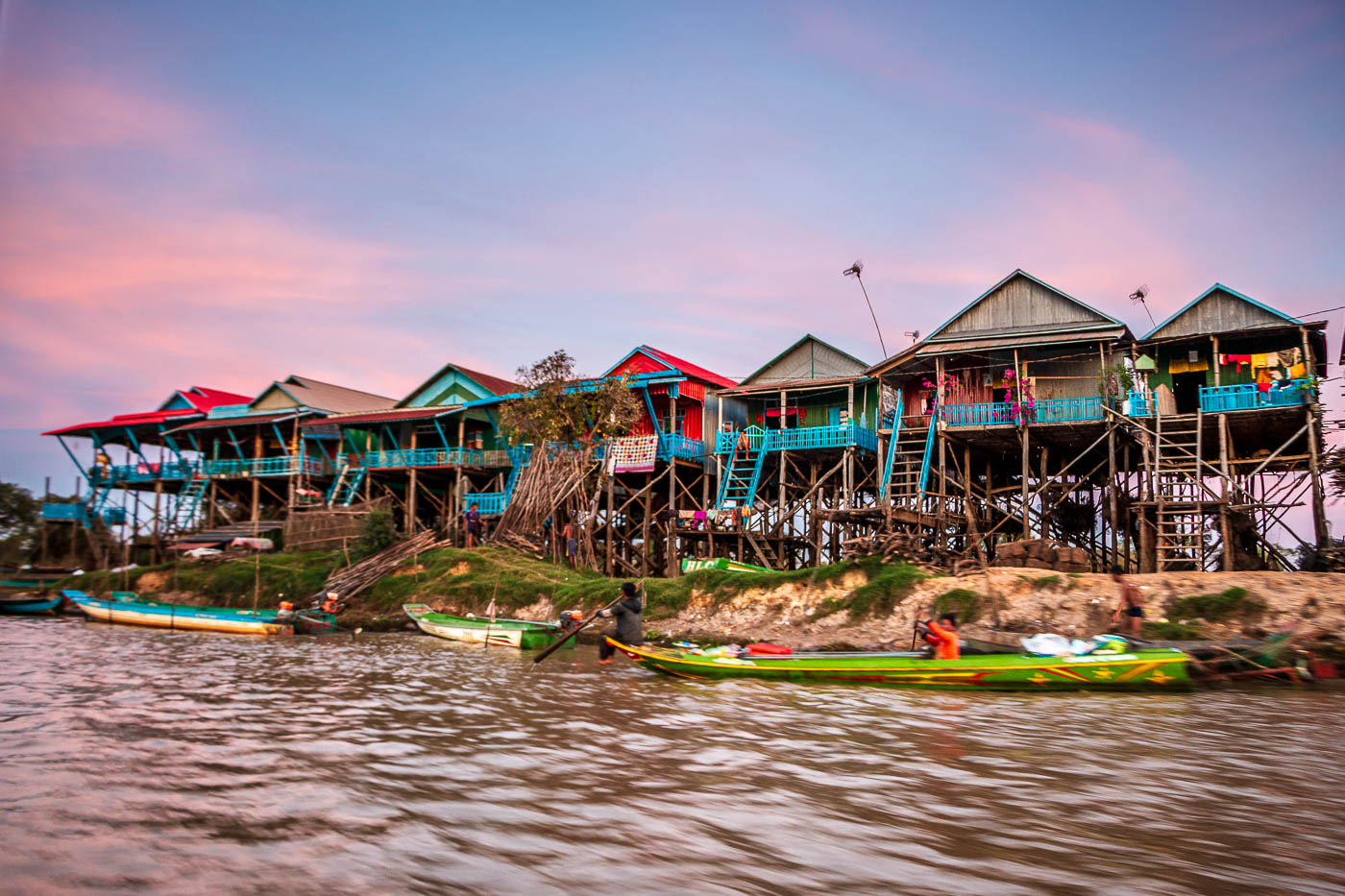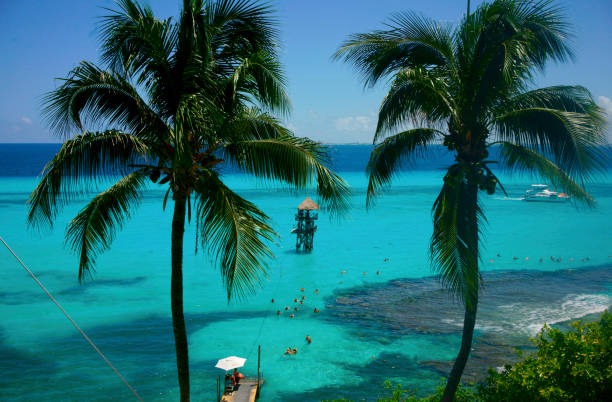From Temples to Waterways: Exploring the Path from Angkor Wat to Siem Reap Floating Village

An Unforgettable Cambodian Journey Awaits
Cambodia is a land of contrasts, where ancient stone temples meet vibrant floating villages. Most travelers know Angkor Wat as the country’s star attraction—but if you’re seeking a deeper, more diverse experience, the journey from Angkor Wat to Siem Reap floating village is an unforgettable adventure. This scenic route offers a rare blend of history, culture, and the everyday life of locals living on water.
Begin at Angkor Wat: The Soul of Cambodia
Your journey begins at the majestic Angkor Wat, a temple complex that has stood for centuries as a symbol of Cambodia’s spiritual and architectural brilliance. Whether you catch the famous sunrise or wander the maze of stone corridors, Angkor Wat stirs the soul. But after diving into this world of ancient deities and divine kings, a different kind of wonder awaits—one that’s alive and floating.
The Route: Angkor Wat to Siem Reap Floating Village
Traveling from Angkor Wat to Siem Reap floating village takes you from grandeur to simplicity, yet both offer rich stories. Located around 20 to 30 kilometers from the temple complex, several floating villages are easily accessible via tuk-tuk, taxi, or tour services. The drive takes about 40 to 60 minutes depending on the village and time of day.
The most popular floating villages to visit include:
- Chong Kneas: Closest to Siem Reap, great for quick trips.
- Kampong Phluk: Known for its mangrove forests and stilted homes.
- Kampong Khleang: A more remote and authentic experience with fewer tourists.
A Unique Way of Life on Water
Once you arrive at the floating village, you’ll hop aboard a long-tail boat and cruise through a living, breathing community on water. Here, everything floats—homes, schools, shops, and even health clinics. Children paddle canoes to school, and fishermen haul in their daily catch using age-old methods passed down through generations.
The floating villages offer a glimpse into how life adapts to nature. The Tonle Sap Lake, Southeast Asia’s largest freshwater lake, dramatically changes in size between dry and rainy seasons, forcing villagers to adjust their homes and routines year-round.
Why You Shouldn’t Miss This Side Trip
The contrast between Angkor Wat and the floating villages is striking. While one stands as a monument to Cambodia’s grand past, the other showcases the creativity and resilience of its people today. The journey from Angkor Wat to Siem Reap floating village allows travelers to connect with Cambodia on a deeper level—beyond tourism and temples.
For photographers, the floating villages offer stunning snapshots of colorful boats, golden sunsets, and serene water reflections. For cultural travelers, it’s a chance to learn about daily life, traditions, and the importance of the Tonle Sap ecosystem.
Tips for a Meaningful Visit
To make the most of your visit and ensure responsible tourism, consider these tips:
- Choose ethical tours: Look for operators who support the local community and offer respectful, educational experiences.
- Avoid giving money to children: This can encourage school dropouts. Instead, donate to local organizations if you wish to help.
- Go early or late: To avoid crowds and enjoy cooler weather, consider morning or evening tours.
Conclusion: A Journey Worth Taking
If you’re planning a trip to Cambodia, don’t stop at just temples. The route from Angkor Wat to Siem Reap floating village offers a richer, more meaningful experience that combines historical awe with cultural insight. It’s a unique opportunity to explore both the grand and the humble, the past and the present, all in one unforgettable day.
Whether you’re a history lover, an adventurer, or a curious traveler, this journey is a must for your Cambodian itinerary.






